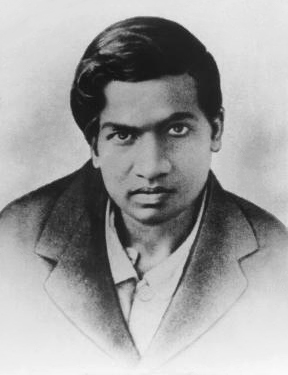
Srinivasa Ramanujan was an Indian mathematician. Though he had almost no formal training in pure mathematics, he made substantial contributions to mathematical analysis, number theory, infinite series, and continued fractions, including solutions to mathematical problems then considered unsolvable.
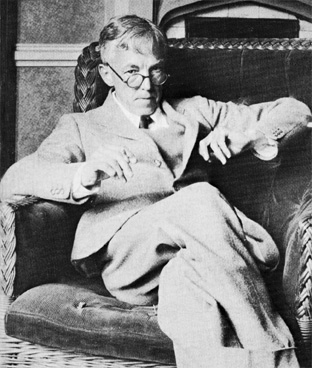
Godfrey Harold Hardy was an English mathematician, known for his achievements in number theory and mathematical analysis. In biology, he is known for the Hardy–Weinberg principle, a basic principle of population genetics.

John Edensor Littlewood was a British mathematician. He worked on topics relating to analysis, number theory, and differential equations and had lengthy collaborations with G. H. Hardy, Srinivasa Ramanujan and Mary Cartwright.
1729 is the natural number following 1728 and preceding 1730. It is notably the first nontrivial taxicab number.

Ernest William Barnes was a British mathematician and scientist who later became a liberal theologian and bishop.
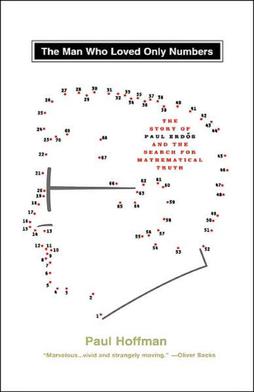
The Man Who Loved Only Numbers is a biography of the famous mathematician Paul Erdős written by Paul Hoffman. The book was first published on July 15, 1998, by Hyperion Books as a hardcover edition. A paperback edition appeared in 1999. The book is, in the words of the author, "a work in oral history based on the recollections of Erdős, his collaborators and their spouses". The book was a bestseller in the United Kingdom and has been published in 15 different languages. The book won the 1999 Rhône-Poulenc Prize, beating many distinguished and established writers, including E. O. Wilson.
Robert Alexander Rankin FRSE FRSAMD was a Scottish mathematician who worked in analytic number theory.
Ramanujan's lost notebook is the manuscript in which the Indian mathematician Srinivasa Ramanujan recorded the mathematical discoveries of the last year (1919–1920) of his life. Its whereabouts were unknown to all but a few mathematicians until it was rediscovered by George Andrews in 1976, in a box of effects of G. N. Watson stored at the Wren Library at Trinity College, Cambridge. The "notebook" is not a book, but consists of loose and unordered sheets of paper described as "more than one hundred pages written on 138 sides in Ramanujan's distinctive handwriting. The sheets contained over six hundred mathematical formulas listed consecutively without proofs."

The Man Who Knew Infinity: A Life of the Genius Ramanujan is a biography of the Indian mathematician Srinivasa Ramanujan, written in 1991 by Robert Kanigel. The book gives a detailed account of his upbringing in India, his mathematical achievements and his mathematical collaboration with mathematician G. H. Hardy. The book also reviews the life of Hardy and the academic culture of Cambridge University during the early twentieth century.
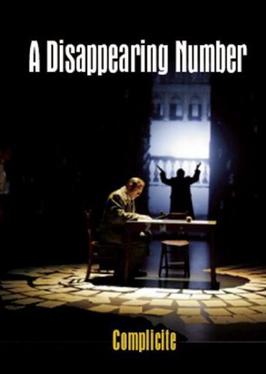
A Disappearing Number is a 2007 play co-written and devised by the Théâtre de Complicité company and directed and conceived by English playwright Simon McBurney. It was inspired by the collaboration during the 1910s between the pure mathematicians Srinivasa Ramanujan from India, and the Cambridge University don G.H. Hardy.
The DST-ICTP-IMU Ramanujan Prize for Young Mathematicians from Developing Countries is a mathematics prize awarded annually by the International Centre for Theoretical Physics in Italy. The prize is named after the Indian mathematician Srinivasa Ramanujan. It was founded in 2004, and was first awarded in 2005.
Eric Harold Neville, known as E. H. Neville was an English mathematician. A heavily fictionalised portrayal of his life is rendered in the 2007 novel The Indian Clerk. He is the one who convinced Srinivasa Ramanujan to come to England.
Indian Mathematical Society (IMS) is the oldest organization in India devoted to the promotion of study and research in mathematics. The Society was founded in April 1907 by V. Ramaswami Aiyar with its headquarters at Pune. The Society started its activities under the tentatively proposed name Analytic Club and the name was soon changed to Indian Mathematical Club. After the adoption of a new constitution in 1910, the society acquired its present name, namely, the Indian Mathematical Society. The first president of the Society was B. Hanumantha Rao.
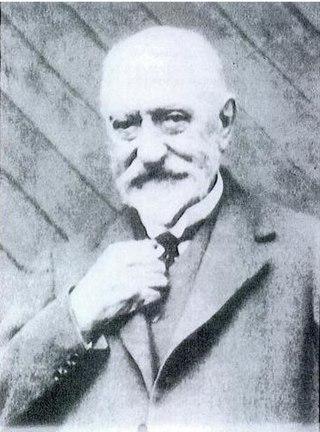
Sir Francis Joseph Edward Spring was an Anglo-Irish civil engineer and member of the Imperial Legislative Council who played a pioneering role in development of the Indian Railways. Spring is largely remembered today for championing the cause of the Indian mathematician Srinivasa Ramanujan.
Synopsis of Pure Mathematics is a book by G. S. Carr, written in 1886. The book attempted to summarize the state of most of the basic mathematics known at the time.

K. Ananda Rau was an eminent Indian mathematician and a contemporary of Ramanujan. Though Rau was six years junior to Ramanujan, his mathematical trajectory, unlike Ramanujan's, was very much a conventional one and he had decided to pursue a career in mathematics well before Ramanujan's prowess became known.

Ramanujan is a 2014 biographical film based on the life of Indian mathematician Srinivasa Ramanujan. The film, written and directed by Gnana Rajasekaran, was shot back to back in the Tamil and English languages. The film was produced by the independent Indian production house Camphor Cinema, ventured by Srivatsan Nadathur, Sushant Desai, Sharanyan Nadathur, Sindhu Rajasekaran. The cast consists of Indian and British film, stage and screen personalities. It marks the Tamil debut of Abhinay Vaddi, the grandson of veteran Tamil film actors Gemini Ganesan and Savitri, as the protagonist.

The Man Who Knew Infinity is a 2015 British biographical drama film about the Indian mathematician Srinivasa Ramanujan, based on the 1991 book of the same name by Robert Kanigel.
Prof Bertram Martin Wilson FRSE was an English mathematician, remembered primarily as a co-editor, along with G. H. Hardy and P. V. Seshu Aiyar, of Srinivasa Ramanujan's Collected Papers.
Jack A. Thorne is a British mathematician working in number theory and arithmetic aspects of the Langlands Program. He specialises in algebraic number theory.











